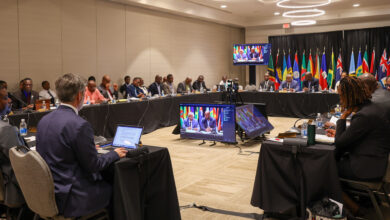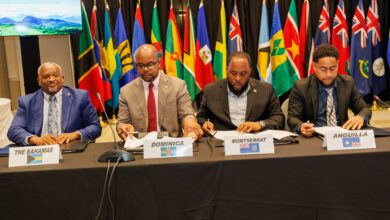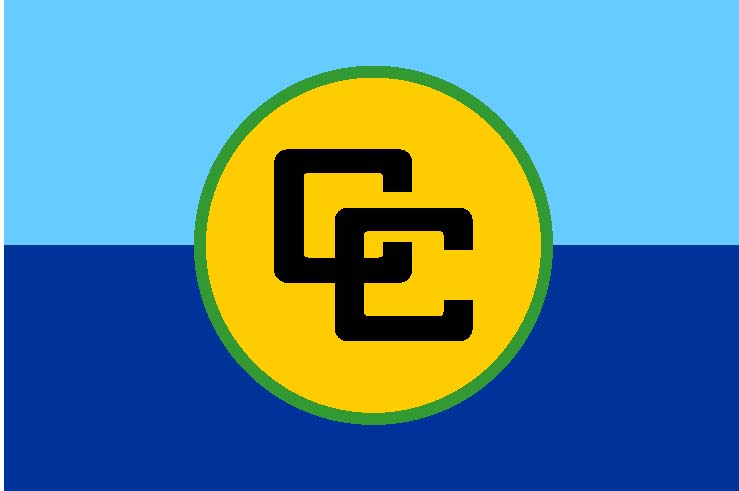GEORGETOWN, Guyana – Even as Chinese President Xi Jinpeng was making his way around the region to promote more trade and cooperation between China and Latin America and the Caribbean, visiting Trinidad and Tobago (where he also held bilateral talks with those Caricom countries with which Beijing enjoys diplomatic relations), Costa Rica and Mexico, there was a buzz coming from the western rim of Latin America with the consolidation of the one-year-old Pacific Alliance. This new regional trade grouping, comprising Chile, Colombia, Mexico and Peru – representing a bloc of some 209 million people (equivalent to the population of Brazil), with a combined GDP of US$2 trillion (about 35 per cent of Latin America’s GDP) and accounting for 55 per cent of total exports from Latin America and the Caribbean – has as its main objectives the deepening of trade and economic integration among its members and to serve as the institutional bridge between Latin America and the Asia-Pacific region, given that its members already have or are pursuing free trade agreements with several Asia-Pacific countries, particularly China, Japan and South Korea.
News Letter
Subscribe to our mailing list to get the new updates!
Related
Check Also
Close





